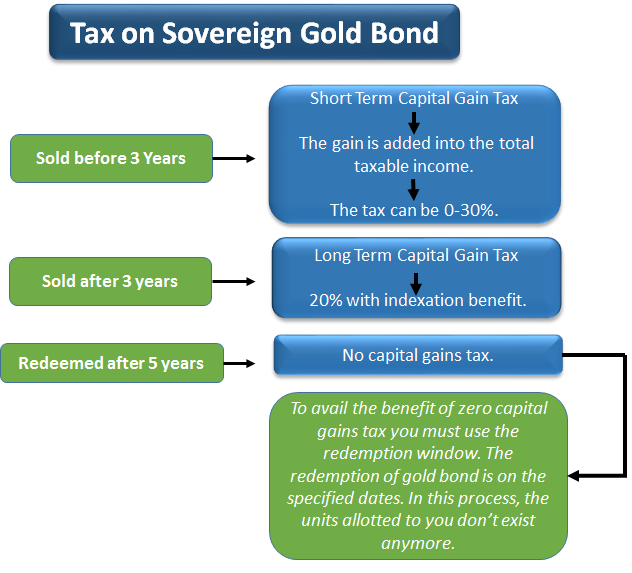
Table of Contents
Understanding Gold Standard Currency
A monetary system directly linking a currency's value to gold is known as the "gold standard." As a result, the government guarantees the money can be exchanged for a specific amount of gold.

In the past, gold has been among the most widely used trade methods and has proven to be an efficient asset for storing wealth. Gold is far less common than coin and Paper Money in the modern world. However, investors and financial analysts continue to value the gold standard.
Some define the gold standard, a less prevalent definition, as how a nation actively manages its money supply to influence and maintain the price of gold.
The Link Between Gold Standard and Great Depression
In a memorable speech in 1933 to Franklin D. Roosevelt, President Herbert Hoover said, "We have gold because we cannot trust governments." The declaration predicted the Emergency Banking Act, compelling all Americans to exchange their gold coins, certificates, and bullion for US dollars.
It was one of the most severe financial crises in American history. Even though the legislation successfully halted the gold's flow in the Great Depression, gold bugs' unwavering belief in the stability of gold as a store of wealth was unaffected. In that, it has a remarkable impact on its supply and demand.
Gold Standard History
Gold has a history, unlike any other Asset Class. Its history involves a collapse that must be understood to predict its future accurately, but gold enthusiasts still cling to a time when it ruled.
Talk to our investment specialist
When did the Gold Standard Start?
Throughout history, gold has been the preferred form of payment since it is valuable, challenging to acquire, malleable, and does not tarnish. It was first used as a coined money in Lydia, which is now part of Turkey, circa 600 BCE.
Gold was struck into coins and used for trading subsequently, but it wasn't until the 19th century that the precious metal became the norm. Even though Britain started using gold as a standard in 1816, it wasn't until the 1870s that gold began to be used globally as a measure of currency value.
In 1879, the United States implemented the gold standard following multiple failed attempts to employ different exchange mechanisms. 1900s Gold Standard Act made gold the sole metal acceptable for payment for paper money in the United States. Transactions no longer needed heavy gold bullion or coins because the paper currency had a guaranteed value linked to something real. The act promised that the government would redeem any amount of paper money for its value in gold.
When was the Gold Standard Abandoned?
Beginning in 1862, the gold standard was virtually dropped to pay for the Civil War. Paper money first appeared after the Legal Tender Act was implemented in 1862; it was only supported by the government on trust and could not be exchanged for gold. To profit from this new currency, the Union created $450 billion worth of it, which caused Inflation to increase to 80%. By the conclusion of the Civil War, the US debt was an astounding $2.7 billion.
Congress tried to reduce the amount of money in circulation by halting the creation of silver dollars to fight inflation. Although the banking system failed, inflation did decline, resulting in a downturn in the Economy.
The nation anticipated returning to the gold standard would lead to an economic upswing. The Specie Payment Resumption Act, passed in 1875, allowed all paper money to be exchanged for gold by 1879.
Types of Gold Standard
Here are the four types of the gold standard:
- Gold Exchange Standard
- Gold Bullion Standard
- Gold and Fiat Money standard
- Gold specie standard
Conclusion
Even though gold has intrigued people for at least 5,000 years, it hasn't always served as the Financial System's foundation. Between 1871 and 1914, a genuine international gold standard was in place for less than 50 years. Although it is no longer being used as a standard, gold still has a significant role today, and the demand decides its price for the metal. For nations and central banks, gold is an important financial asset. Additionally, banks utilise it as a tool to protect themselves against government loans and as a gauge of the economy's strength.
All efforts have been made to ensure the information provided here is accurate. However, no guarantees are made regarding correctness of data. Please verify with scheme information document before making any investment.
You Might Also Like












